Content by Amanda Bachmann

Grasshoppers Causing Headaches in South Dakota Gardens
Grasshopper populations are causing extensive defoliation around yards and gardens in our region this summer. Learn some important considerations for scouting populations and applying insecticides if needed.
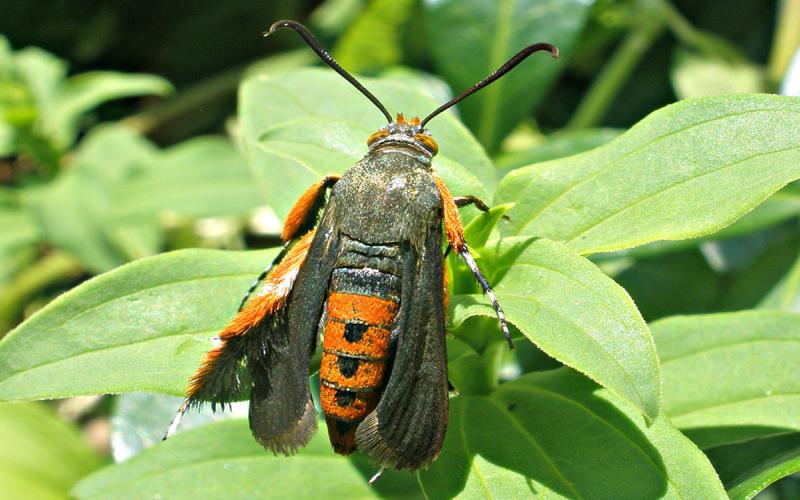
Squash Vine Borer Activity Estimate: June 21, 2023
Squash vine borer moths will soon emerge across much of South Dakota, and their larva can cause serious damage to squash plants. See our latest activity predictions and management recommendations based on forecasted conditions from around the state.

Asparagus Beetles Active in South Dakota
Two insects that we recommend scouting for in asparagus are the common asparagus beetle and the twelve-spotted asparagus beetle. Learn how to identify and manage both before they cause serious issues in your garden.
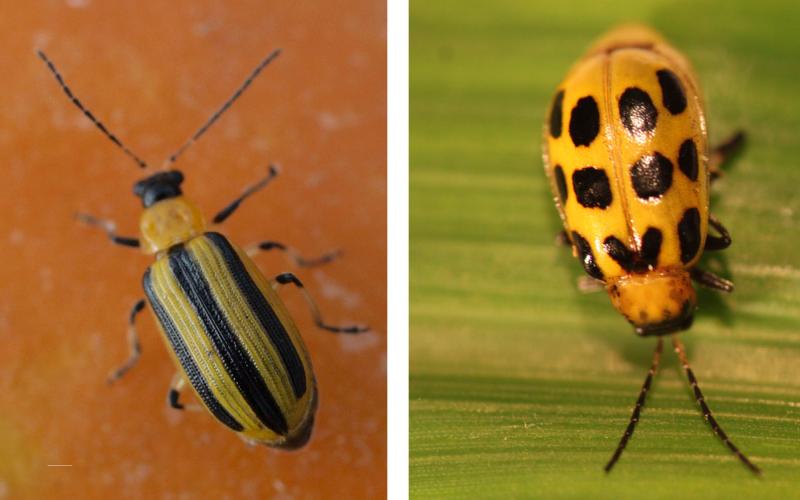
Striped Cucumber Beetles Are Active in South Dakota
South Dakota is home to two species of cucumber beetles that can cause severe injury to cucurbits, including squash, cucumbers, melons and pumpkins. Learn how to detect and manage both beetles before they impact your harvest.

Squash Vine Borer Activity Estimate: June 16, 2023
Squash vine borer moths will soon emerge across much of South Dakota, and their larva can cause serious damage to squash plants. See our latest activity predictions and management recommendations based on forecasted conditions from around the state.
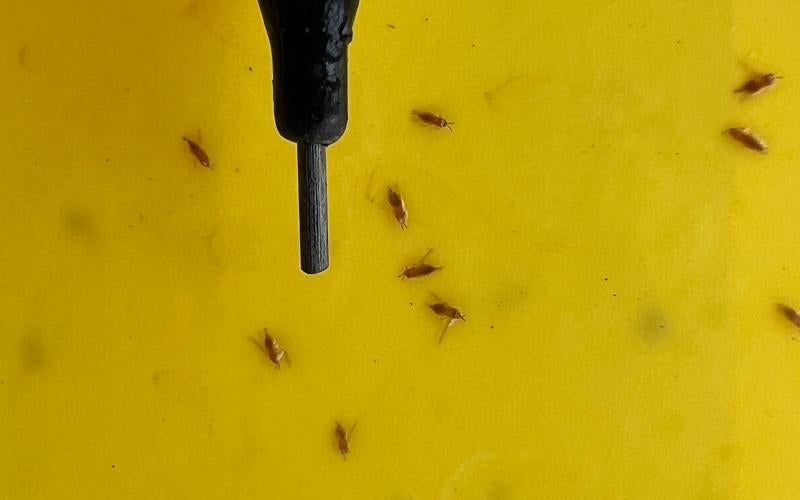
Invasion of the Western Flower Thrips
Recent southerly winds brought large numbers of western flower thrips to the eastern third of South Dakota. Learn how to identify and manage this pest before they become a problem in your yard and garden.

SDSU Extension launching 2023 Garden Hour webinars in May
April 26, 2023
SDSU Extension’s 2023 weekly Garden Hour series will debut May 2.

Winter Ticks Showing Up on Horses
Ticks aren’t only active during the growing season in South Dakota. Winter ticks can be commonly found on horses and cattle. Learn some expert tips for identifying and managing them before they become a problem.
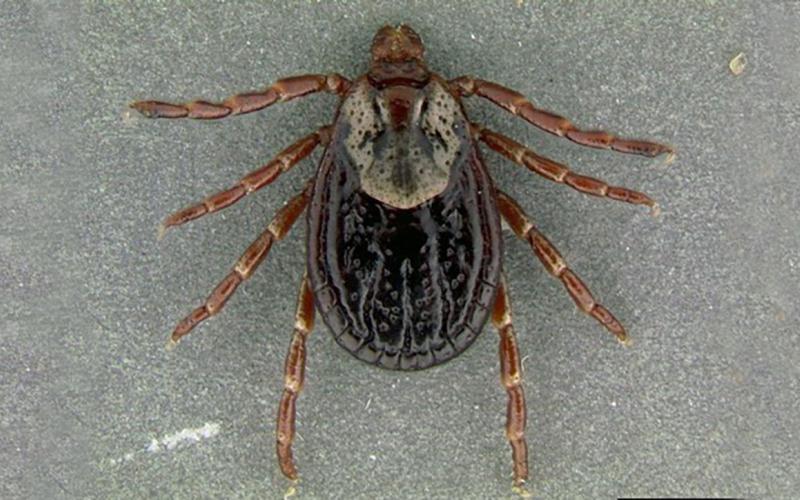
An identification guide for Arthropods of Human Health Concern in South Dakota
Pictorial guide for arthropods of human health concern in South Dakota
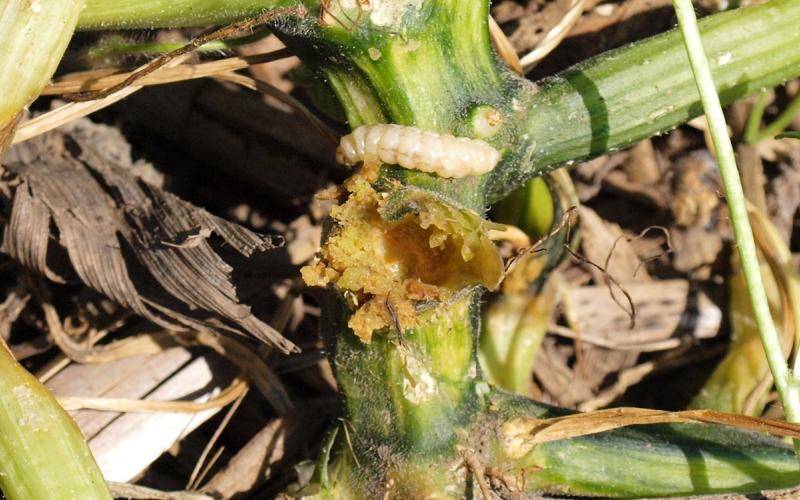
Biology and Management of Squash Vine Borer in the Garden
Squash vine borer larvae are serious pests of pumpkins, zucchini and other winter squashes. Learn how to identify and manage infestations before they impact plant health and productivity this fall.